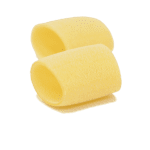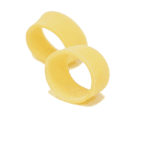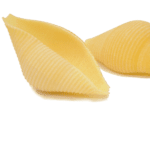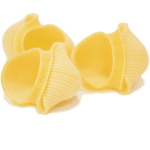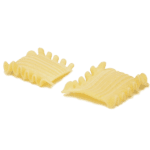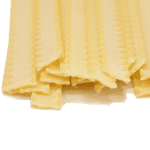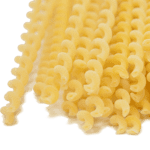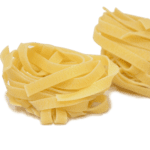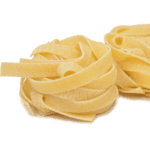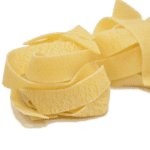Paccheri
L’origine dei Paccheri viene contesa tra campani e calabresi, ma non è possibile attribuire i natali di questo particolare formato né agli uni né agli altri. Fanno parte della famiglia delle paste grosse a taglio dritto. « La pacca », la cui traduzione in lingua napoletana è « schiaffo » probabilmente vuole ricordare la loro consistenza grossa e pesante, come un ceffone ben assestato. I Paccheri sono consigliati per la preparazione di paste asciutte condite con ragù di carne densi e corposi che possano penetrare all’interno della pasta e insaporirla. In alternativa possono essere gustati in pasticci al forno con formaggi e salsa al pomodoro.

